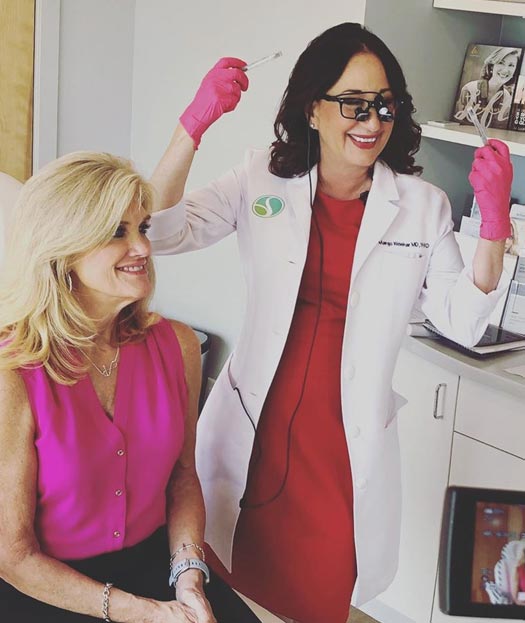Countdown to 2026 with Springhouse Derm LEARN MORE
- About
- Cosmetic
- Conditions
- Injectables
- Lasers
- Skin Rejuvenation
- Signature Treatments
- Medical
- Gallery
- SHOP
- Contact us
- Book Now
Most adults have moles (medically known as nevi), many of which appear in childhood and may change over time. Typically, moles are round, flat, or slightly raised, and brown, though they can also be tan, red, or black. A nevus usually stays the same and can present anywhere on the skin, appearing a:
While most moles are harmless, the dermatology team at Springhouse advises regular monitoring for any changes in size, color, border, or shape. Sudden changes or irritation may signal the need for medical attention, as some moles can become cancerous.
It is important to know the different types of moles to know when to schedule an office visit.
Patients often visit Springhouse Dermatology when a mole becomes bothersome, changes in appearance, or simply no longer feels welcome. Dr. Weishar and Dr. Clark perform mole evaluations with precision and care, recommending removal only when necessary, whether for cosmetic reasons or medical concerns.
Both physicians use advanced removal techniques to ensure minimal scarring and maximum peace of mind, tailoring treatment based on mole type, location, and individual skin type. Treatment techniques include:
We use a numbing cream before the procedure and a topical cream after to prevent infection during treatment. In addition, we examine moles after the removal to rule out any underlying cause for concern, such as skin cancer.
At Springhouse Dermatology, you’ll receive care from a team known for clinical excellence, precision, and a personalized approach. Dr. Margo Weishar, consistently named a Philadelphia Magazine Top Doctor, and Dr. Ashley Clark, a nationally recognized researcher and dermatologist, work together to deliver accurate diagnoses and thoughtful treatments backed by science.
From routine skin checks to surgical mole removal, we’re here to ensure your skin stays healthy and beautiful. Book your mole consultation with our expert team today for clarity, confidence, and compassionate care.

Limiting your exposure to UV rays can help minimize your risk of developing skin cancer. So, invest in adequate sun protection, wear a sunhat, and UV protective clothing. Also, remember to keep an eye on your moles and check for any size, shape, or color changes.
No, it is best to consult a dermatologist. Most insurance plans cover mole removal. Home mole removal can cause more harm than good.
In addition to a higher risk of side effects, you risk infection. If your mole is cancerous, you risk further spread of melanoma to the surrounding skin.